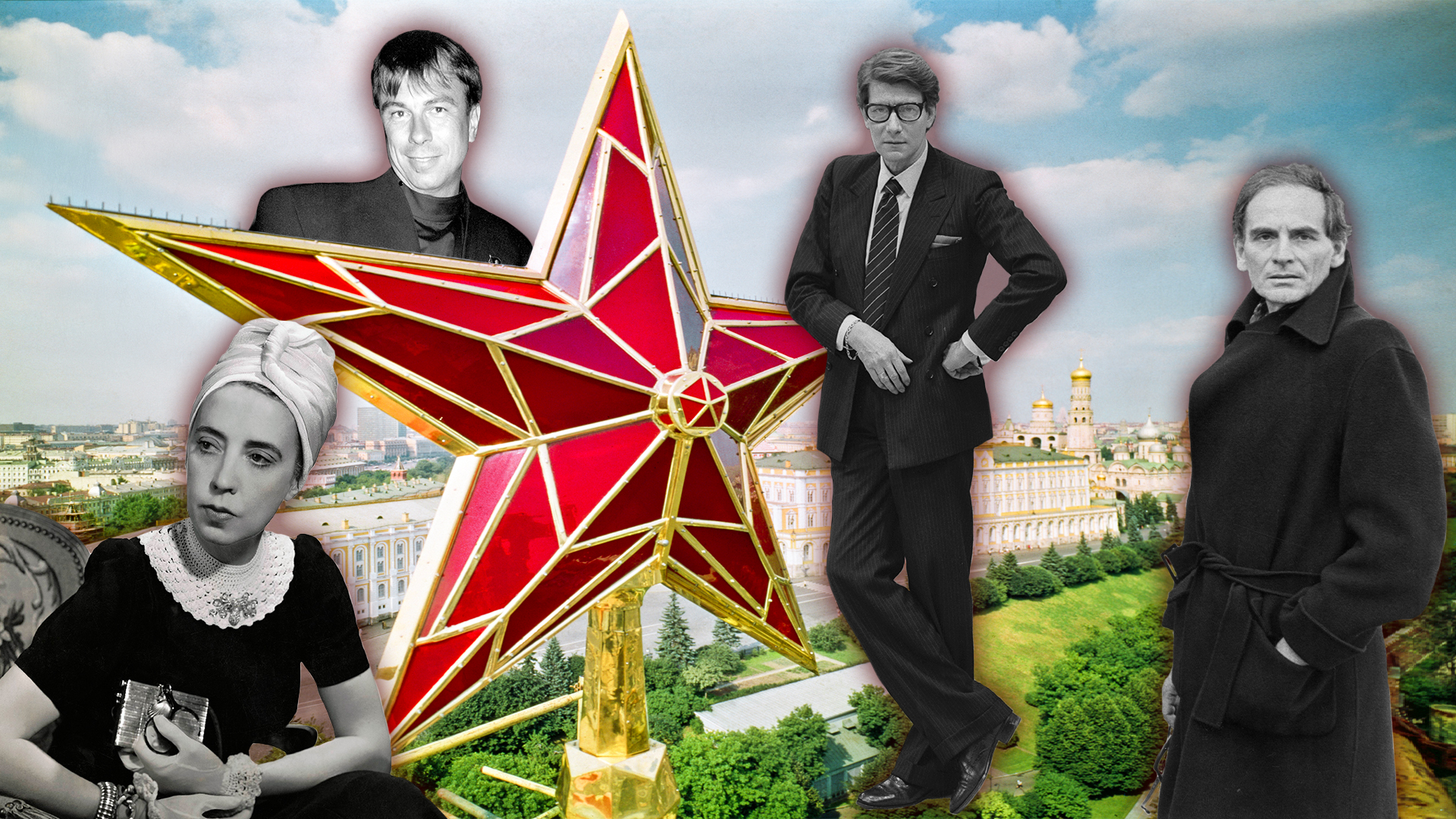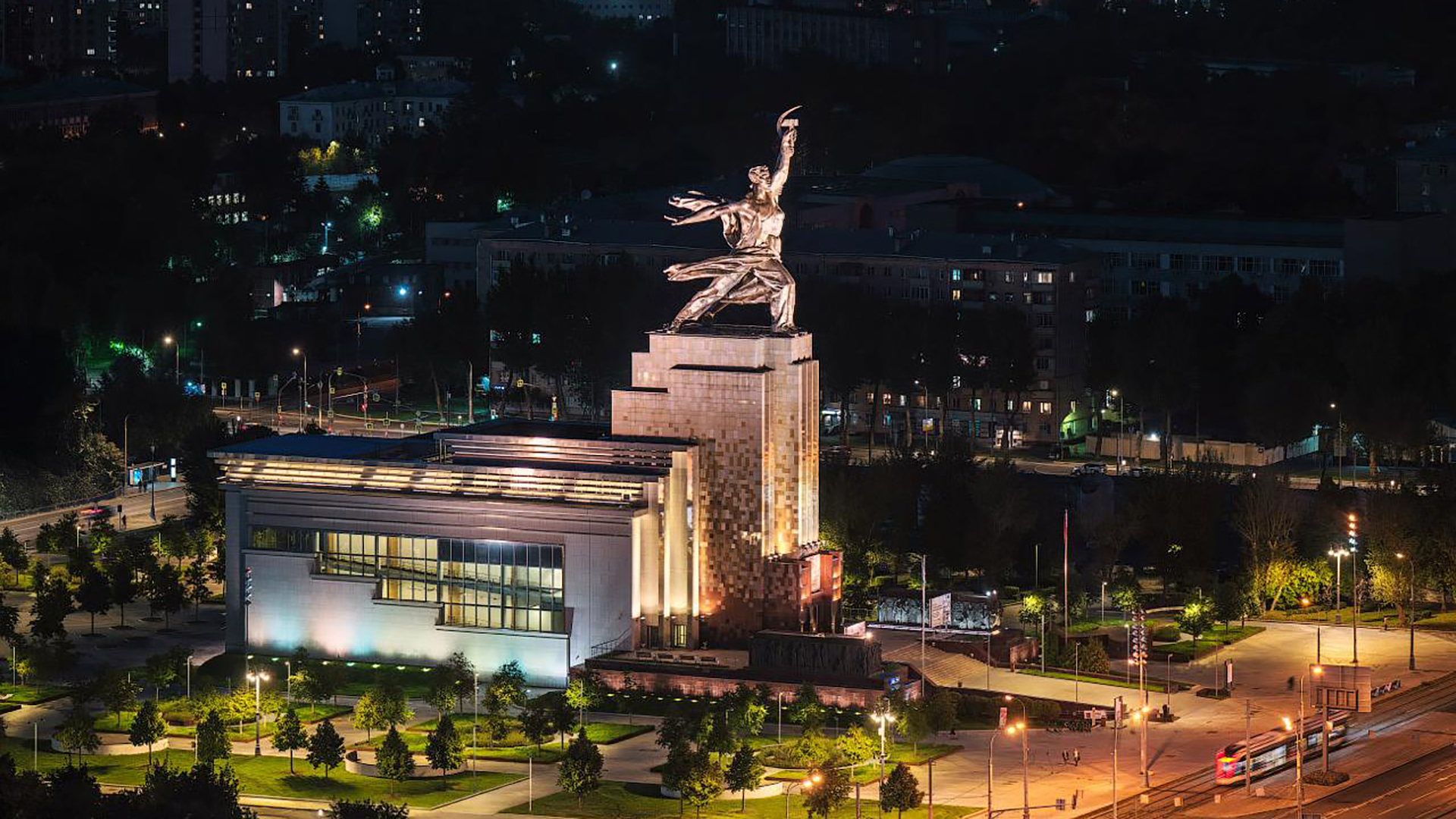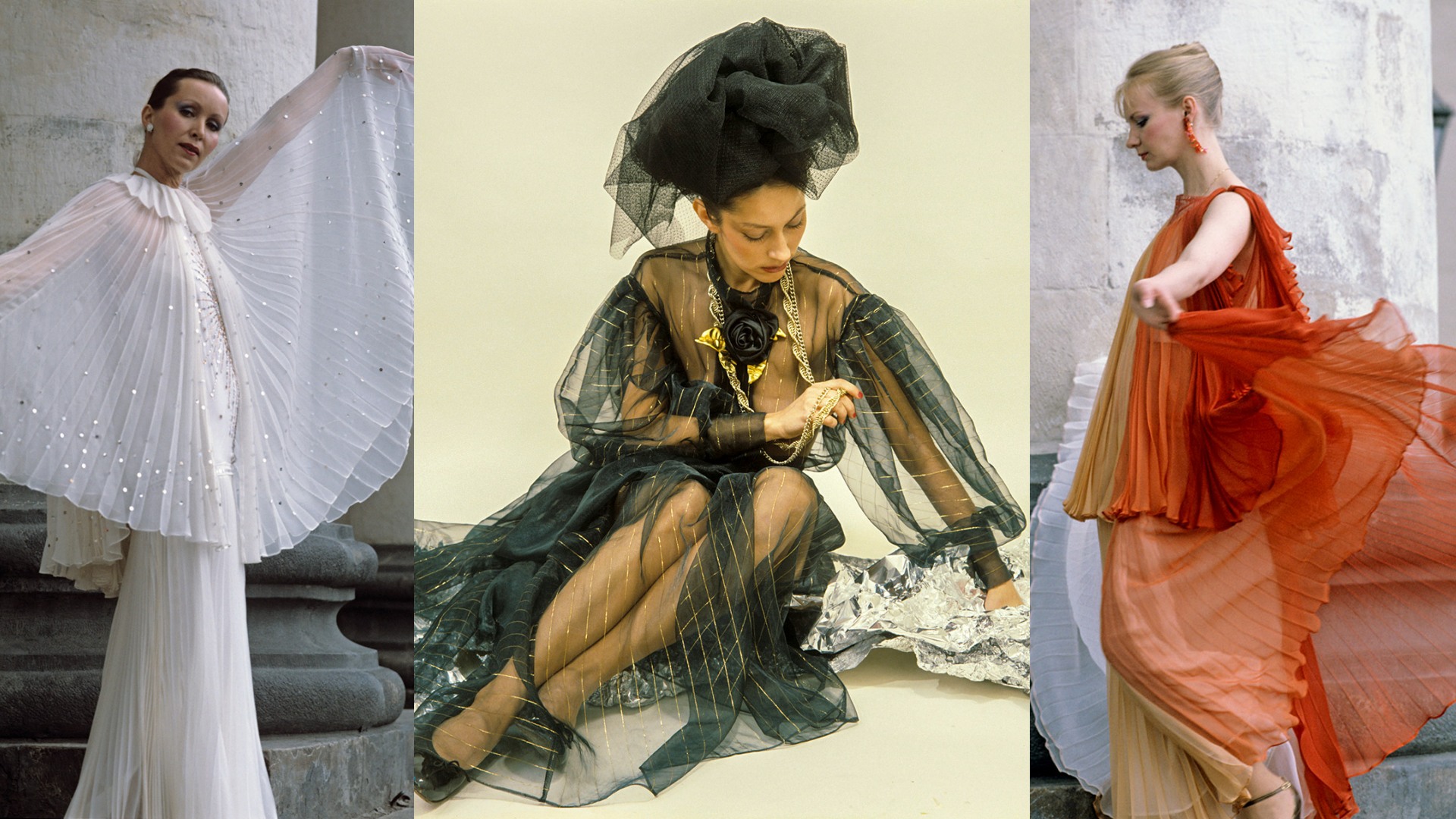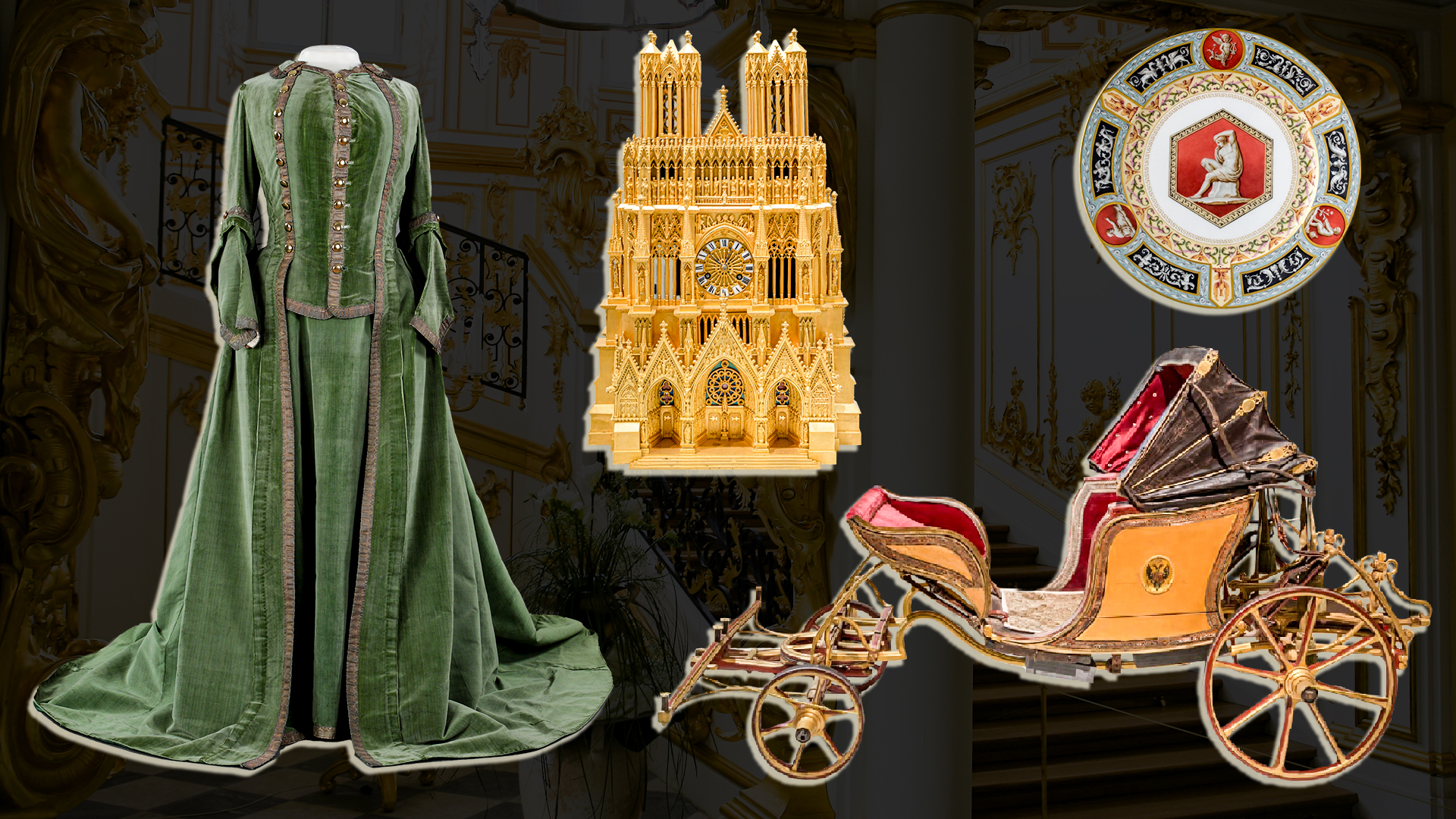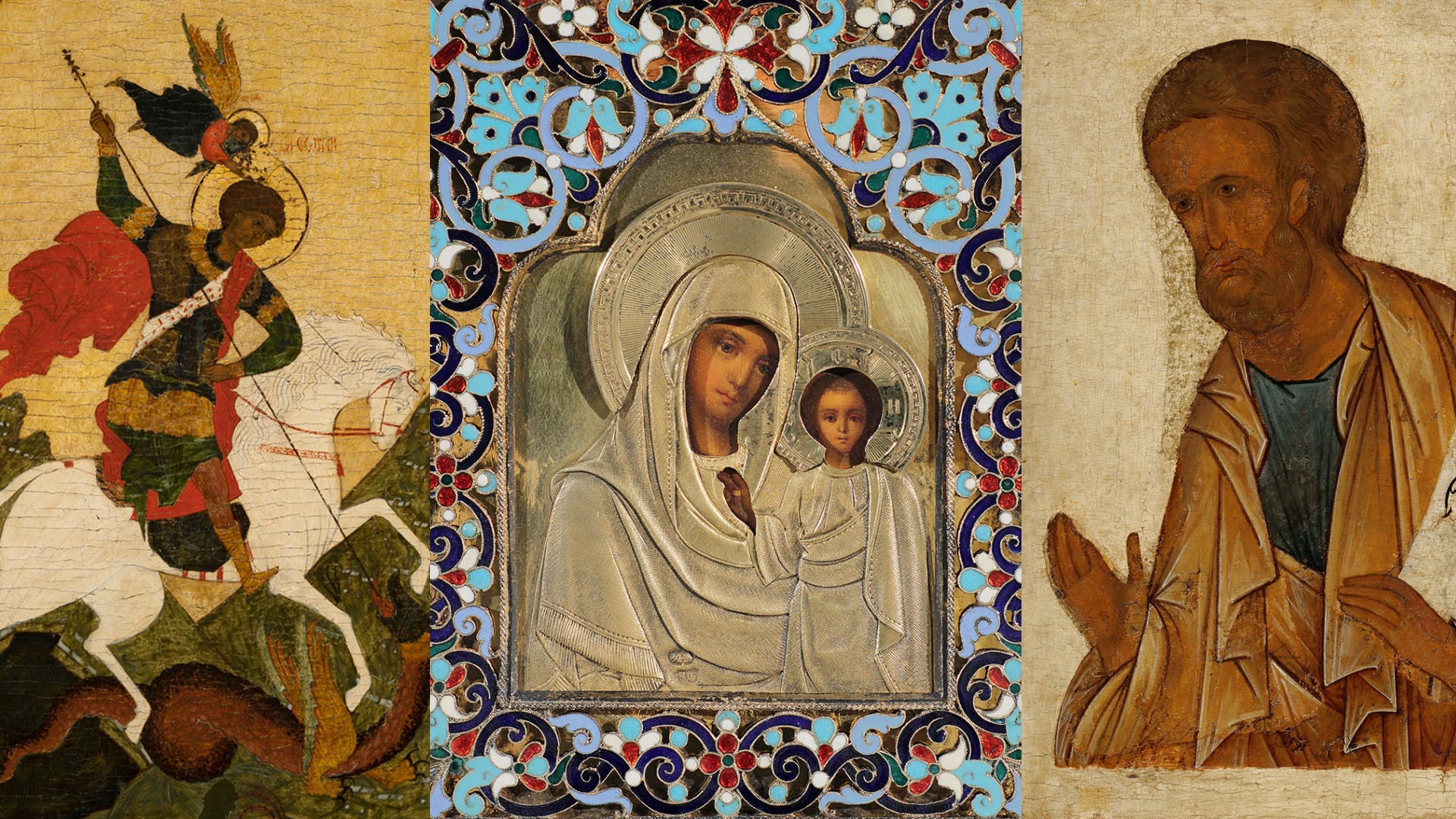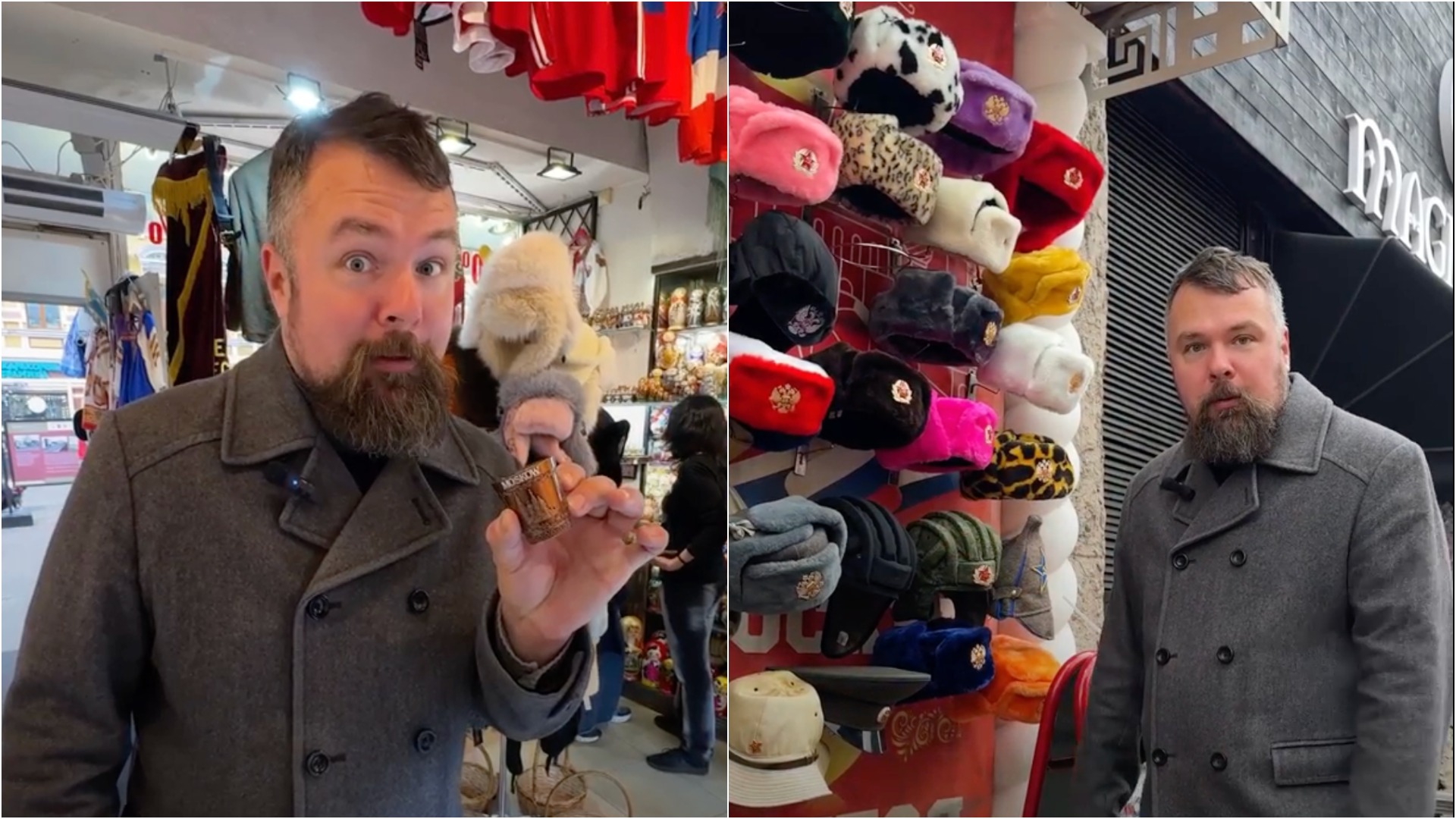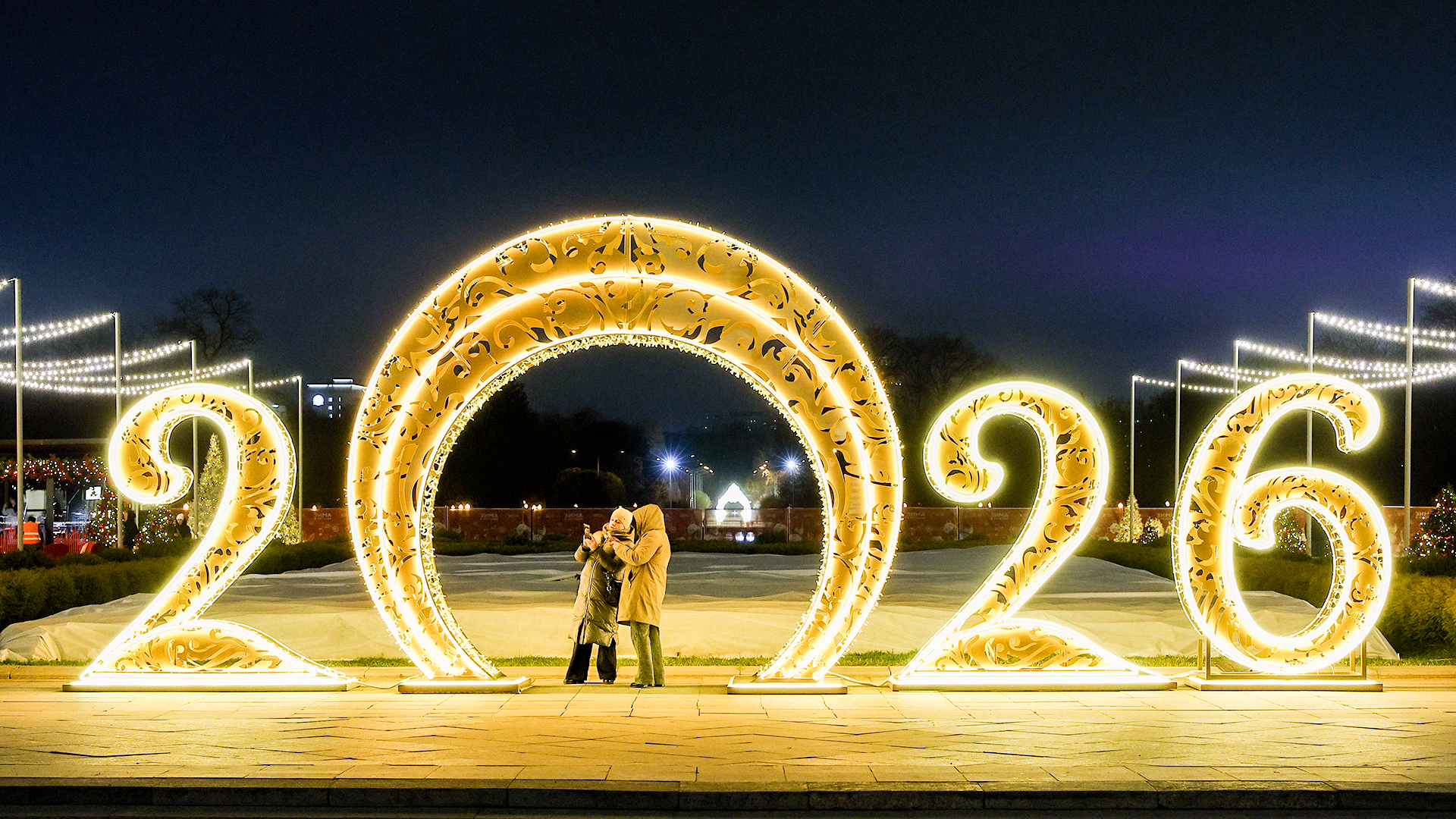
7 facts about ‘Red Moscow’, the legendary Soviet perfume
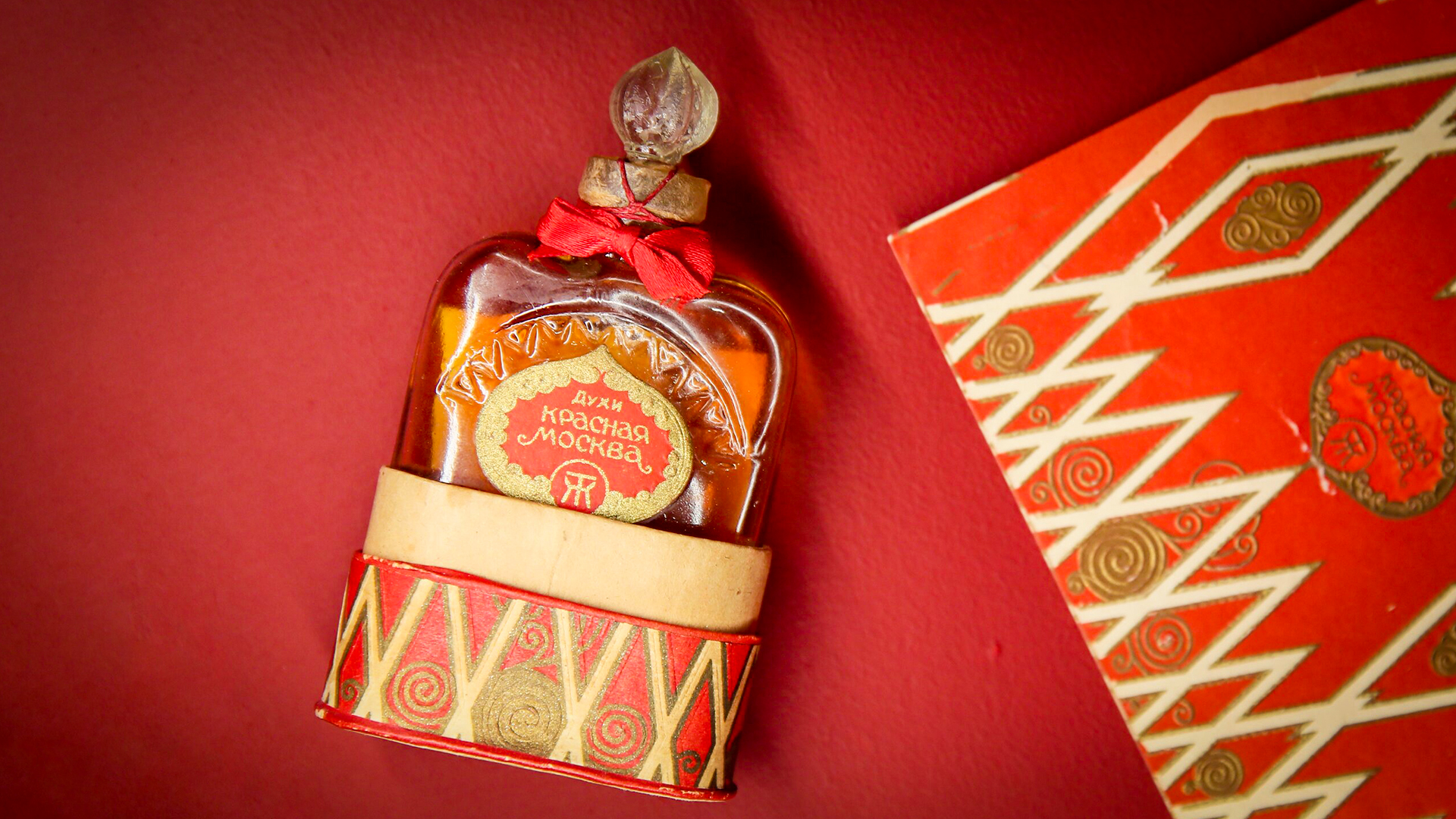
1. Created during the rise of the perfume industry
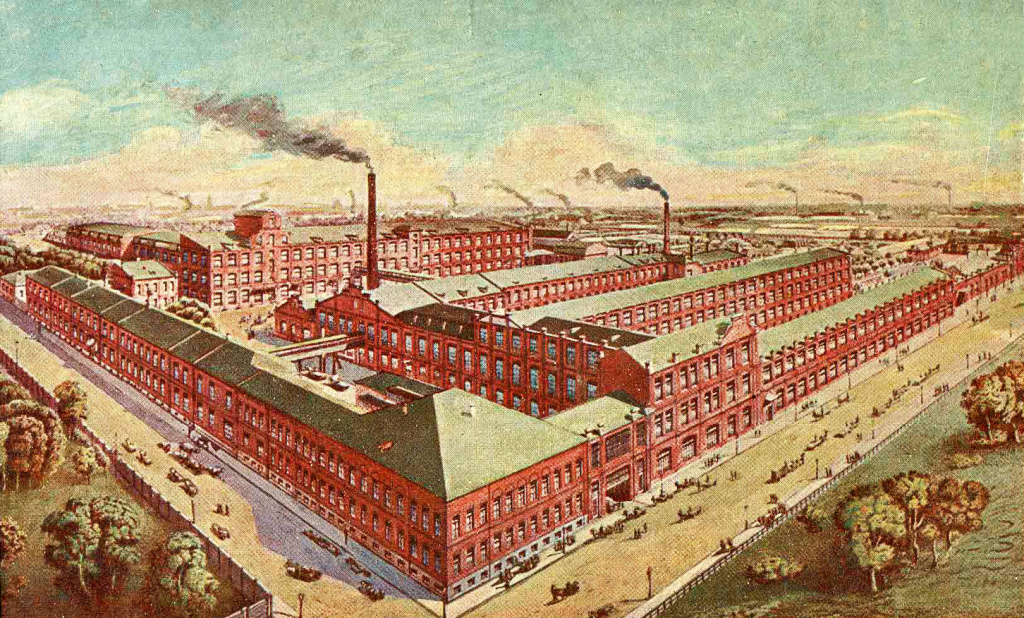
“Either the lice will defeat socialism or socialism will defeat the lice!” said revolutionary leader Vladimir Lenin at the Congress of Soviets in 1919. The issue of epidemics and personal hygiene was extremely acute for the new Soviet government. People who were moving en masse from villages to cities to work in factories were largely unfamiliar with sanitary rules. Posters at enterprises repeatedly explained how to brush teeth, shower and care for oneself.
But, most importantly, there was a shortage of soap in the country. And, in 1922, in Moscow, the nationalized ‘Brocard’ perfume factory resumed work under the new name ‘Novaya Zarya’ (‘New Dawn’).
2. Produced during the ‘NEP’ (New Economic Policy)
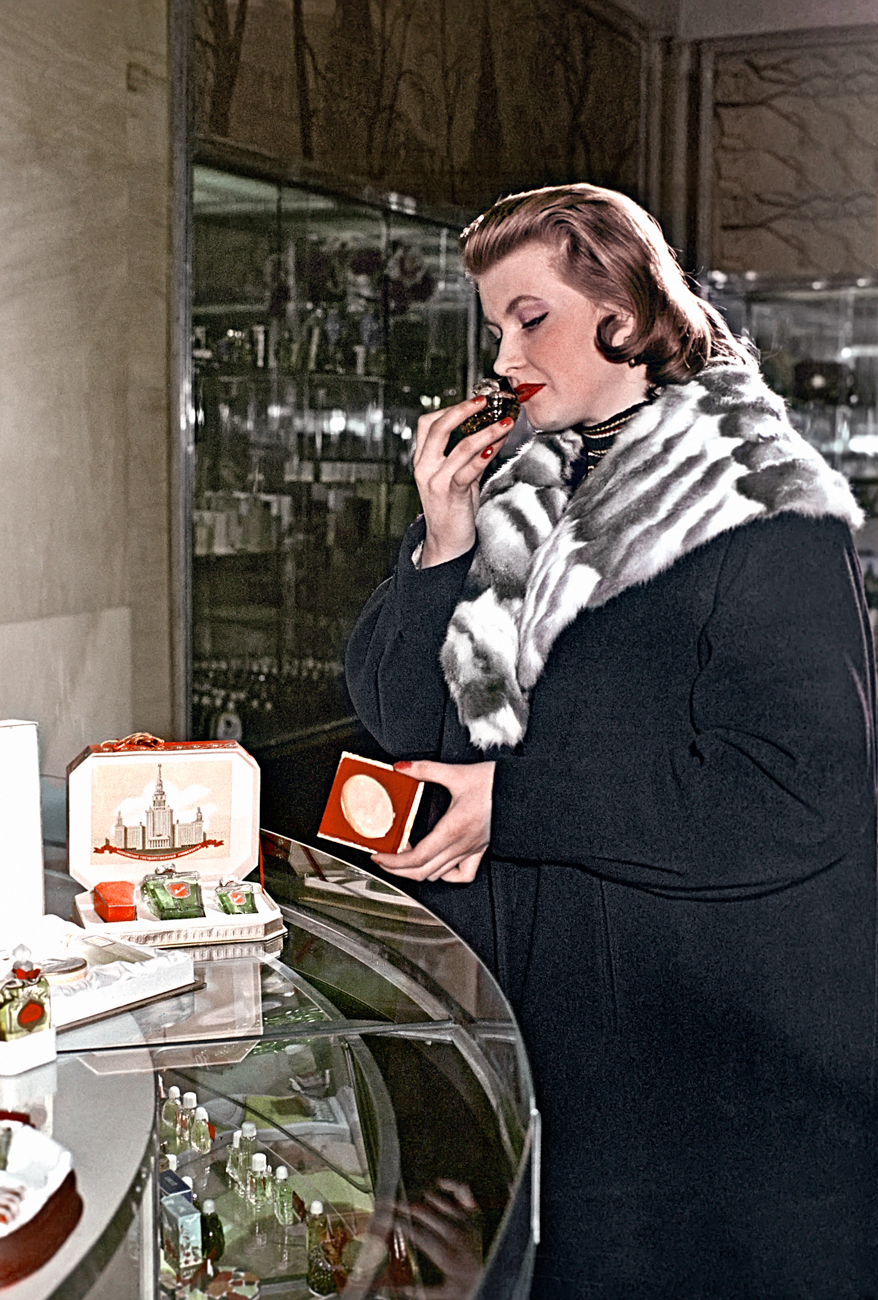
The relaxation of the harsh measures of War Communism in the 1920s and the introduction of the ‘New Economic Policy’ (NEP) briefly brought back a free market. Private stores appeared, while drinking establishments, cabarets and restaurants reopened.
Urban fashionistas were once again able to buy imported goods, including French perfumes. One of their favorites was ‘L’Origan’ by ‘Coty’, which is considered to be the closest in fragrance to ‘Krasnaya Moskva’ (‘Red Moscow’). The latter then appeared in 1925.
3. The perfume was created by a Frenchman
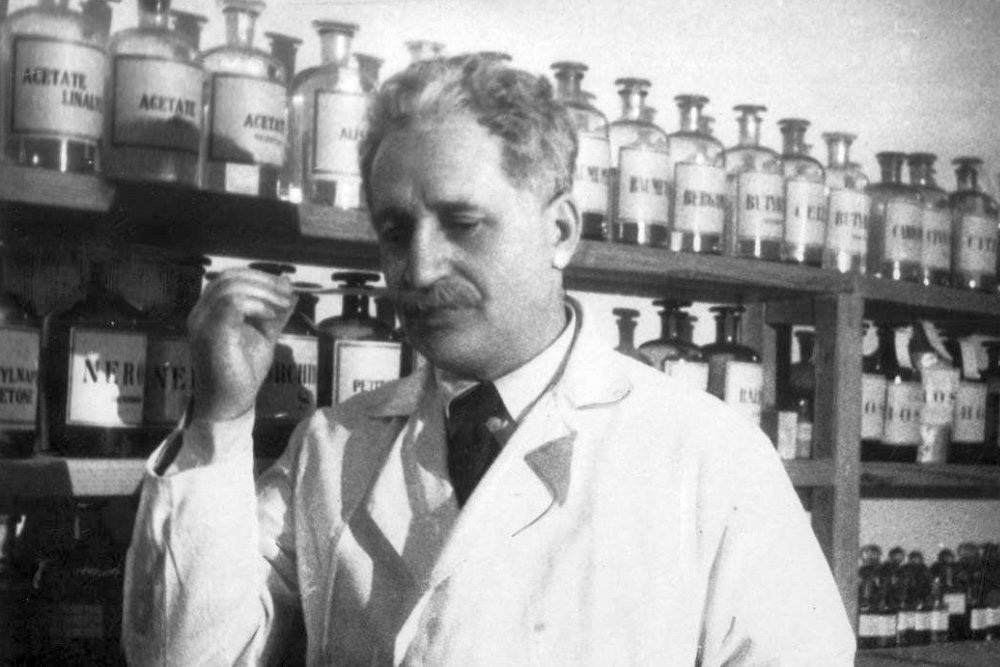 Auguste Michel
Auguste Michel
Surprisingly, the quintessential Soviet perfume was created by… a French perfumer. Auguste Michel worked at several cosmetic factories even before the 1917 Bolshevik Revolution. And he remained in the country after the Soviets seized control. As one of the rare specialists, he was invited to the ‘Novaya Zarya’ factory, where he proposed the creation of ‘Red Moscow’.
The perfume has a complex bouquet of more than 60 elements (clove, jasmine, fleur d'orange, musk, citrus, heliotrope to name just a few), the most important of which was iris.
4. Inherits a Tsarist-era fragrance
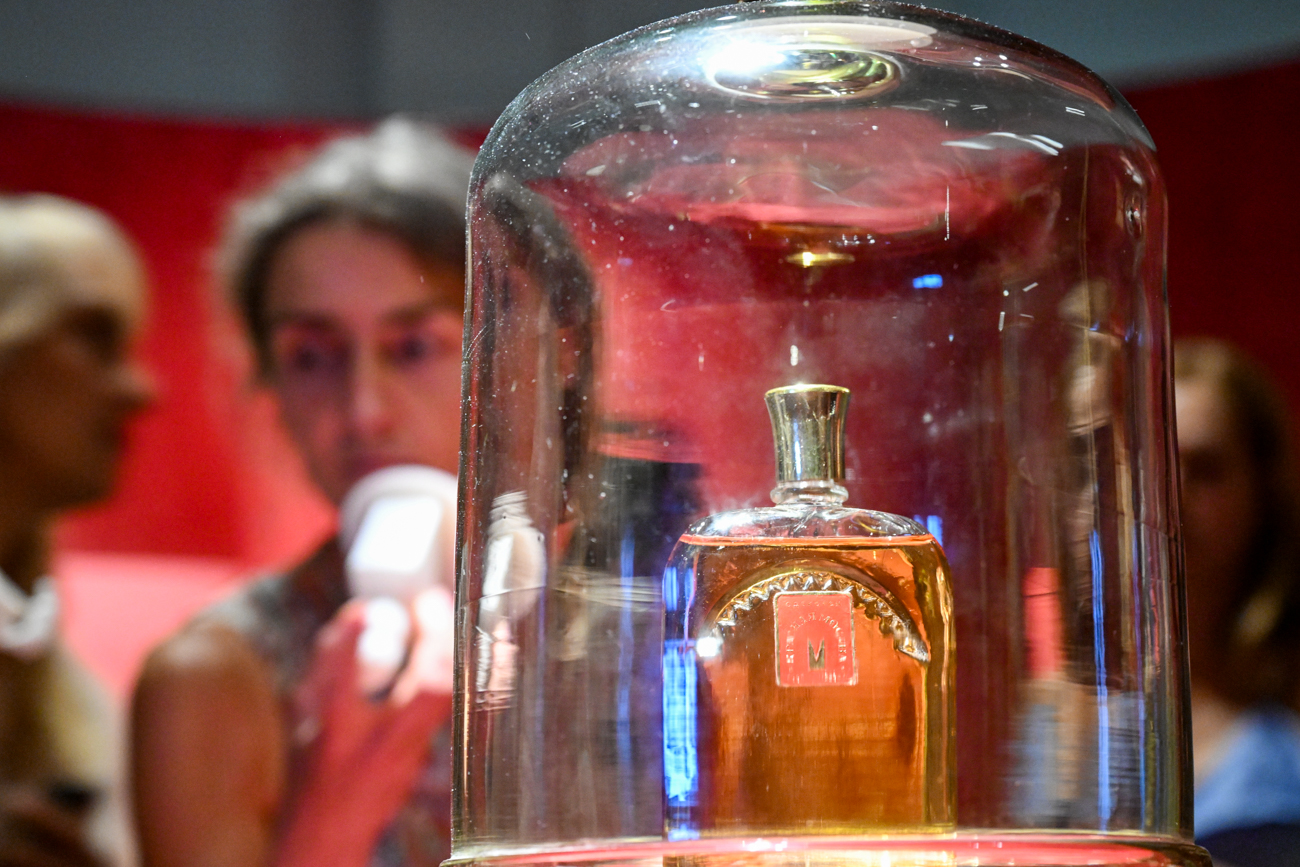
There is no concrete evidence that ‘Red Moscow’ was invented specifically by Michel or that it was released exactly in 1925. Therefore, the origin of the perfume is shrouded in many legends.
Before the revolution, the ‘Brocard’ factory was a supplier to the Imperial Court. And, in 1913, for the 300th anniversary of the House of Romanov, it released the perfume ‘Le Bouquet Préféré de l'Impératrice’ (‘The Empress' Favorite Bouquet’). This fragrance won several awards at international exhibitions and was, indeed, created by none other than Auguste Michel.
It’s believed that it served as the basis for ‘Red Moscow’ (and some even believe it’s the same perfume, simply re-released under a different name).
5. A twin of Chanel ‘No. 5’?
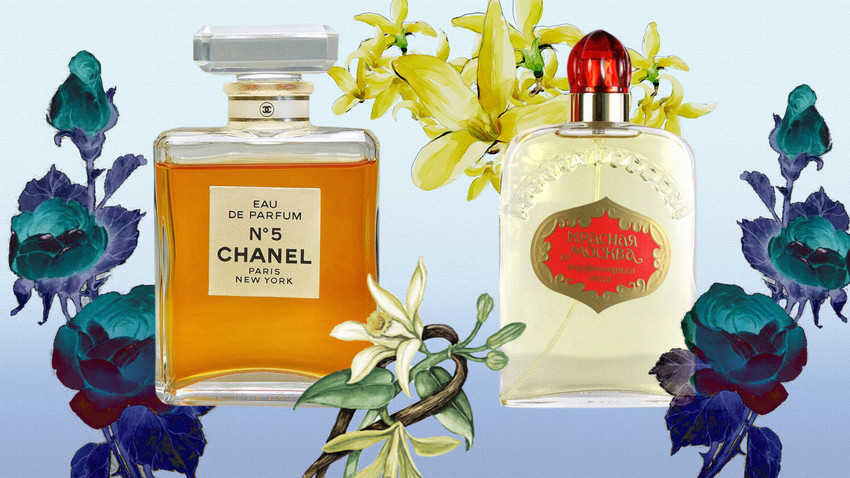
Another legend about ‘Red Moscow’ is its relation to Chanel’s ageless ‘No. 5’ perfume. Experts have long analyzed the composition of both and stated outright: the differences are greater than the similarities.
The reason for the rumors was the creator of Chanel No. 5, Ernest Beaux. This French perfumer lived in Tsarist Russia before the revolution and also created a perfume for the 300th anniversary of the House of Romanov with a name similar to Michel’s fragrance – ‘Bouquet de l'Impératrice’ (‘Bouquet of the Empress’, which is considered the prototype for Chanel ‘No. 5’).
Moreover, Beaux and Auguste Michel worked together at the ‘Rallet’ factory in Moscow. But, whether they stole ideas from each other or whether they had common drafts, is unknown.
6. Revolutionary packaging
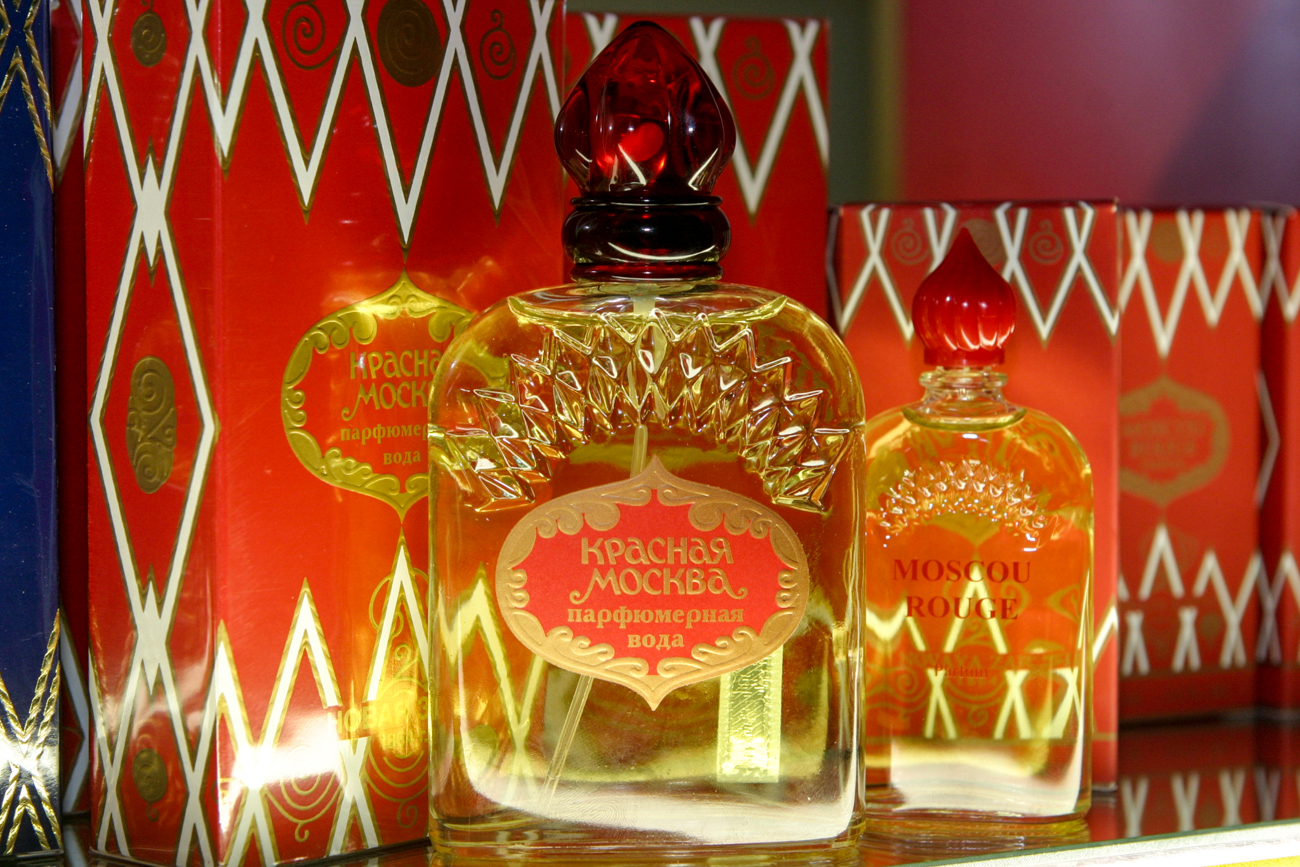
Before ‘Red Moscow’, all packaging in the perfume industry resembled art nouveau boxes with vignettes and images of coquettes. They were criticized by the Soviet leadership as being overly bourgeois.
‘Red Moscow’ was revolutionary in everything, even its packaging. Only light golden curls and a tassel remained from the playfulness, while the foundation was an avant-garde, rhythmic pattern on a red background.
7. All-Union popularity came after World War II
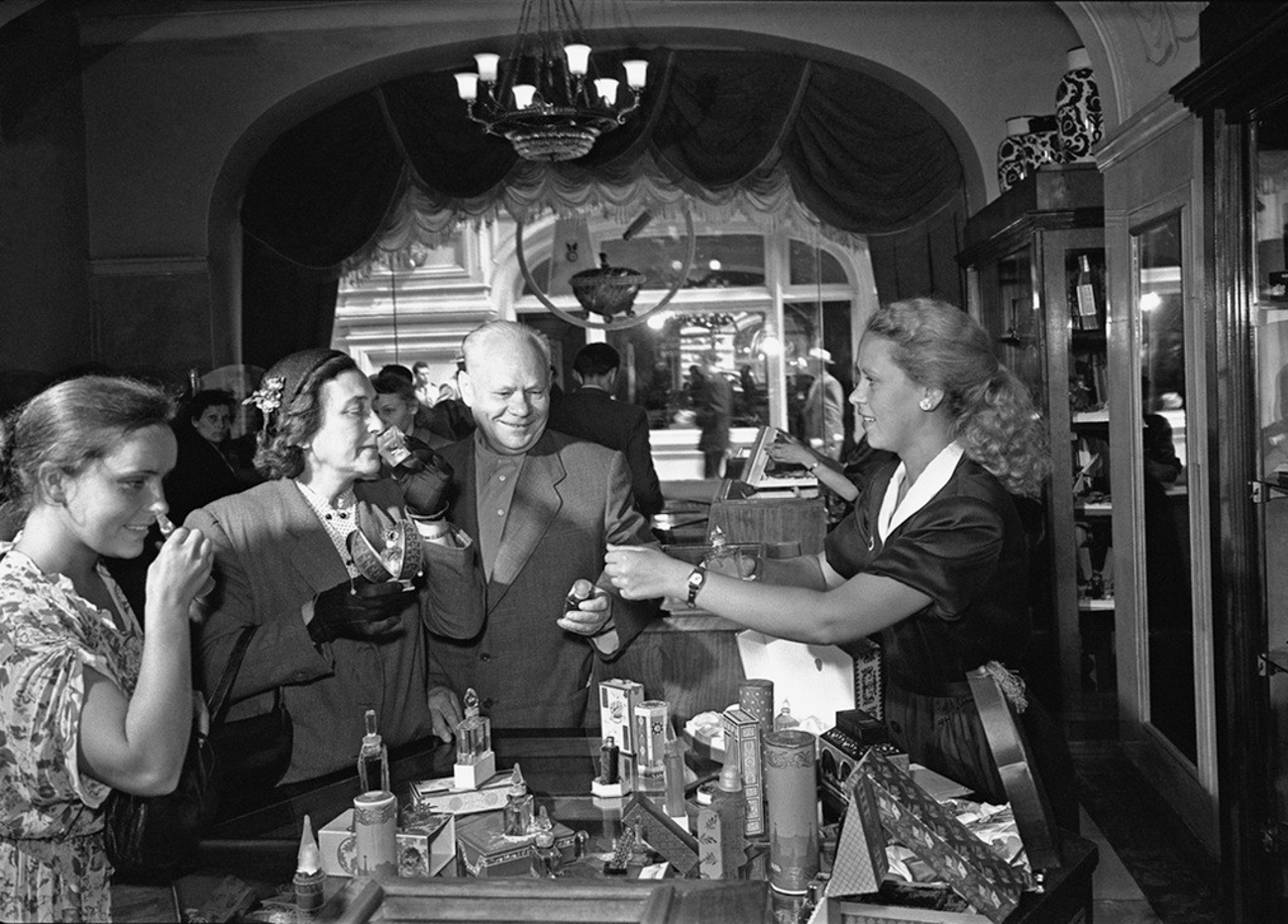
In the 1920s, the perfume was available only to a very narrow circle. In the 1930s, it could be found on the shelves of a few branded perfume stores, alongside perfumed soap and powder.
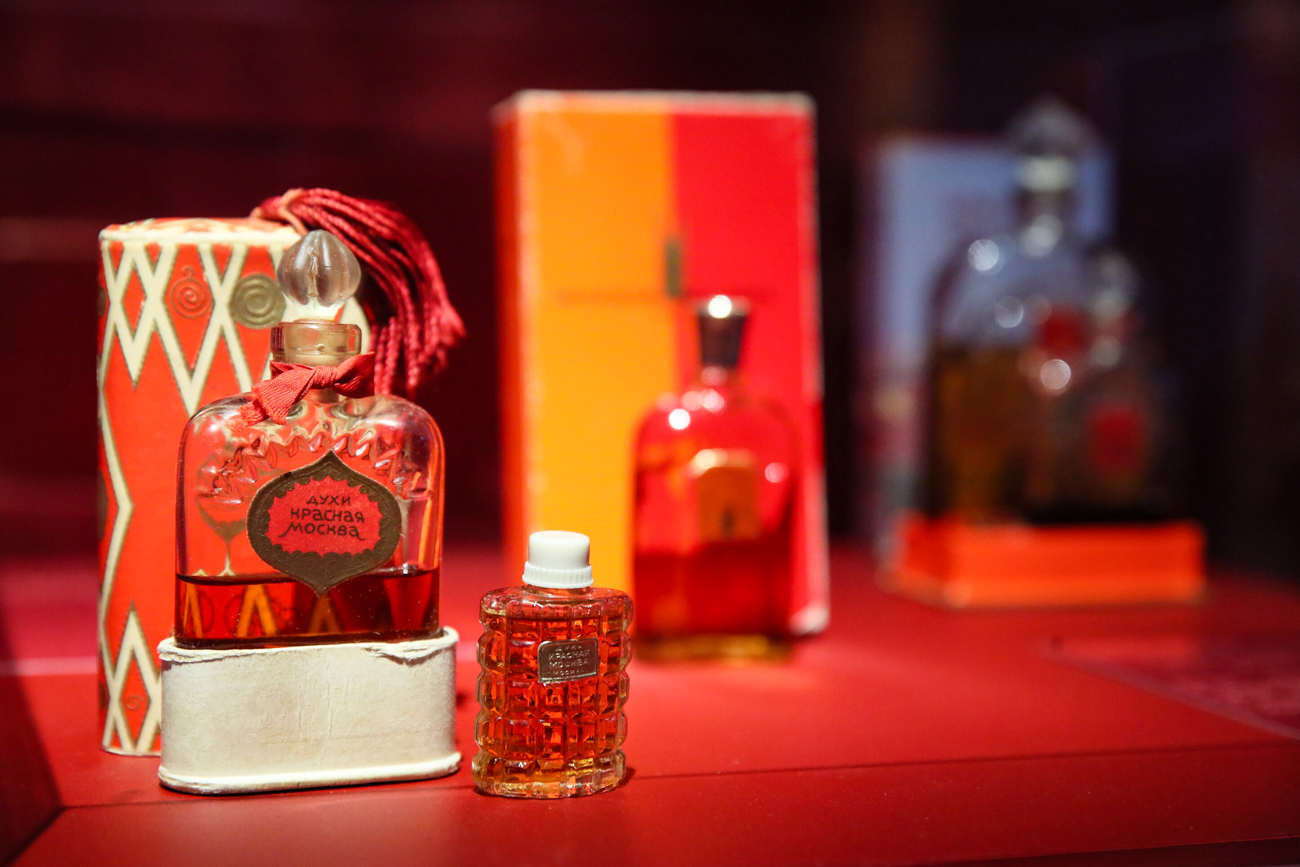
But, in the late 1940s, ‘Red Moscow’ became a mass-market perfume. A real cult arose around it and it’s mentioned in many Soviet movies. The coveted little bottle stood on the shelves of literally all women’s bathrooms in the country.





